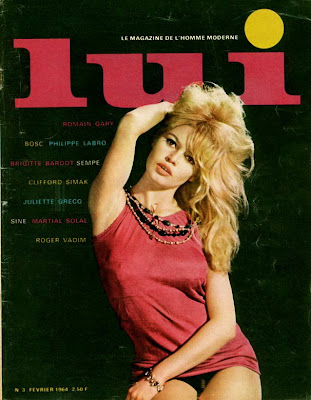Pierre Imans
 |
| During this period, the company began making figures without the glass eyes and with molded hair. They were nonetheless often just as full of character. |
In 1896 the Dutch-born Imans began producing unconventional, naturalistic mannequins in wax. He had studied with the sculptor Ludovic Durand, one of the chief modelers at the Musée Grévin, the hugely popular waxwork museum in Paris which had opened to the public in the 1880s. But with his own figures, Imans was keen to distance himself from the sort of waxwork grotesques one would encounter at the Musée Grévin; he considered himself not a wax modeler but a sculptor, a statuaire céroplasticien or "ceroplastician".
 |
| This figure and the next look to be taken from the same mold, but this one has the full eye and hair treatment, while the next is merely molded. |
His figures - male and female - were given carefully painted faces, hair and eyebrows and eyelashes, glass eyes, and sometimes even teeth. What is more, he often gave them names, and in his elegant marketing catalog photographs they were styled to look like glamorous celebrities. Imans refused to call his wax figures "mannequins." He purged the word from his promotional vocabulary and described his figures simply as Les Cires de Pierre Imans, "The waxes of Pierre Imans".
Besides their obvious cost to produce, these wax figures were both very heavy and quite delicate; the hands were especially prone to damage. So, from the Twenties, new wax-like materials such as cérolaque and carnasine - a light plaster composite, a mixture of plaster and gelatine - were introduced to produce mannequins that were lighter and less fragile.I've been unable to find a single thing about Imans beyond his country of origin. Not his date of birth or death. He started his business in 1896 and it looks like it was still functioning into the Fifties and maybe later. 10 rue Crussol, in the eleventh arrondissement of Paris, the business address included on all these images, is today the location of a vintage dress shop. Which seems rather appropriate, actually. Imans' surviving work can be found in museums around the world, considered important examples of modern sculpture... just as Imans believed it to be.










































Commentaires
Enregistrer un commentaire